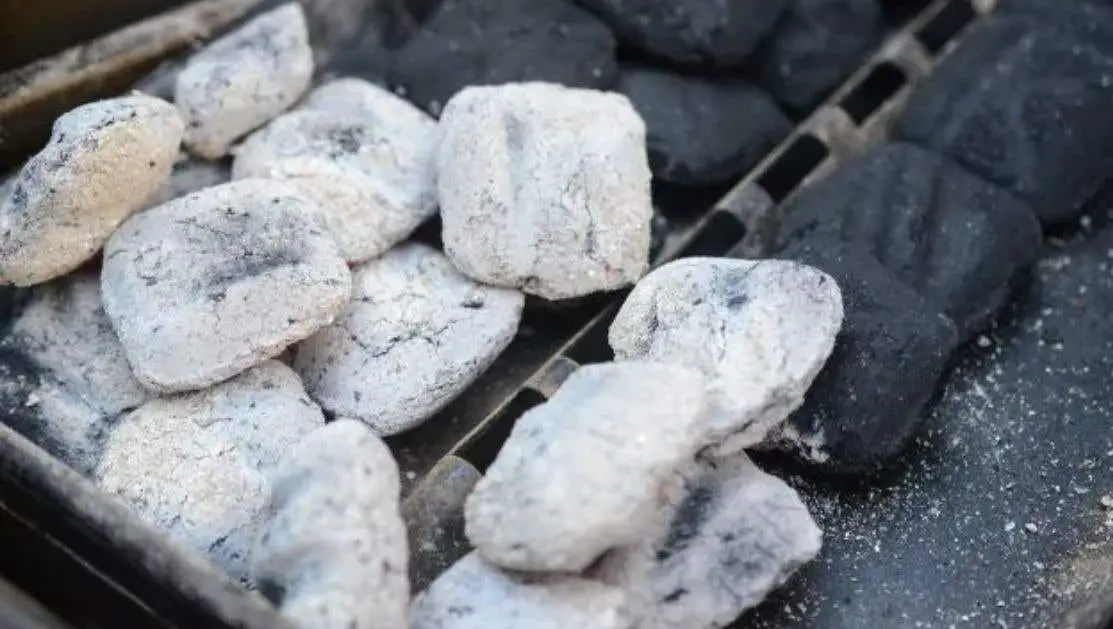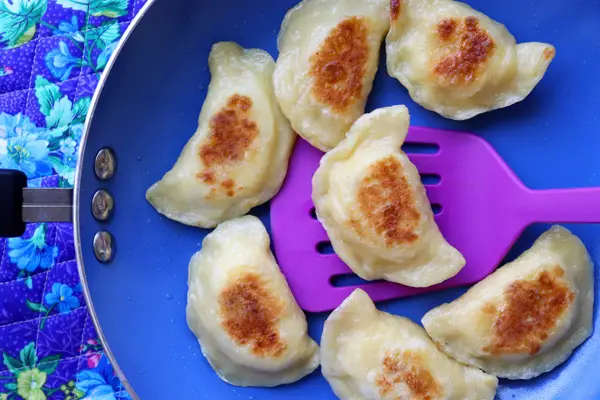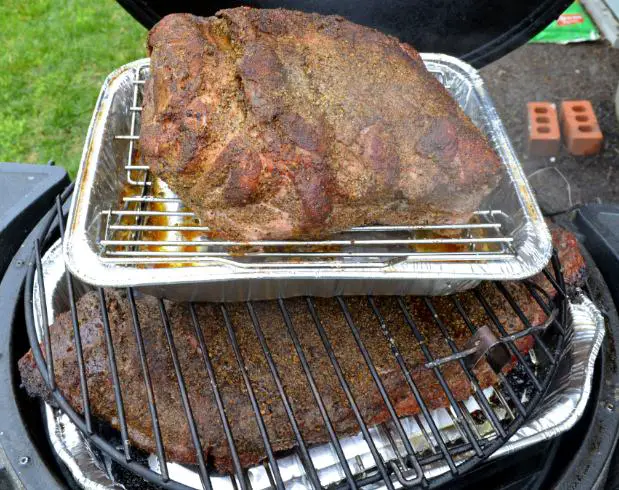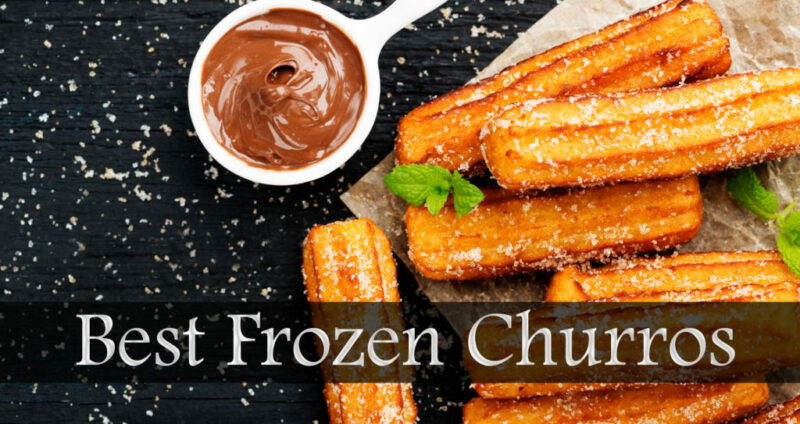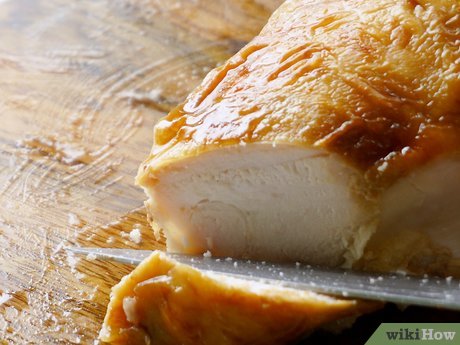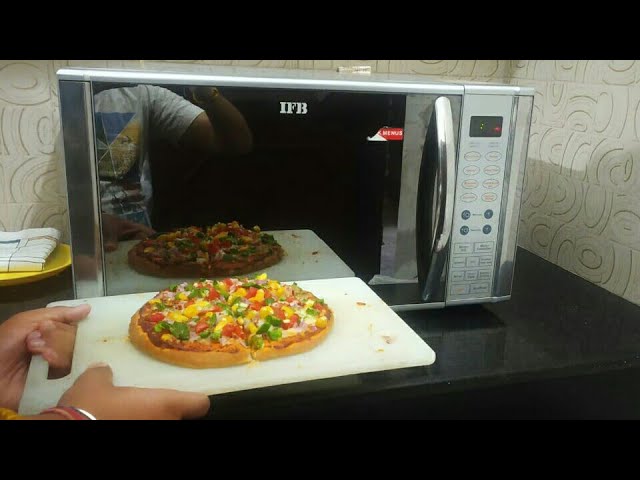All You Need To Know About Charcoal Before Cooking
Charcoal has been a key element in outdoor cooking for centuries. Whether you want to cook a juicy steak, roast marshmallows, or smoke brisket, charcoal is a versatile and efficient fuel source that delivers mouth-watering results. However, not all charcoal looks the same, and there is often confusion about whether it’s safe to use gray charcoal on your grill or smoker.
In this article, we will explore the science behind the color-changing process of charcoal before cooking. We’ll examine the factors that affect the color and quality of your burning material, the myths surrounding graying coals, and how to get them ready for your next cookout.
Introduction
Before diving into the topic at hand, let’s define what we mean by charcoal. Charcoal is created when wood is heated without air until all volatile components have left the material. What remains is nearly pure carbon material with a sponge-like structure.
Charcoal is an essential component in outdoor cooking due to its high-energy content and long-lasting burn time compared to traditional firewood. Whether you’re using a gas grill or smoker, adding some lump coal or briquettes can help take your food from average to exceptional.
Different methods can be used to prepare charcoal for cooking. For example, direct burning of wood over open flames creates charred wood pieces that can serve as makeshift coal on its own. Most people prefer purchasing pre-made bags of dried and processed wood charcoal pieces designed specifically for barbecuing and smoking.
Once you have acquired your preferred choice of charcoals for cooking gear-ready to use; but does every piece of charcoal need to be gray before firing it up?
The Science Behind Charcoal Burning Process
A critical factor that determines whether you have gray coals or not during cookouts is understanding how wood turns into a suitable form of fuel – namely charcoal! When wood goes through the burning process, it undergoes four stages of change. They include the drying stage, pyrolysis stage, combustion stage, and oxidation stage.
- Drying Stage: In this first step, you’re trying to lower the moisture content from the wood before lighting up your fire. This phase is vital for achieving a consistent burn temperature and preventing constant flares during cooking.
- Pyrolysis Stage: In this next phase, intense heating still occurs under low oxygen levels that begin to break down non-carbon components present in the wood. Note that smaller pieces of wood will cook off faster than more massive woods. As a result, more care needs to be given when using various sizes at once.
- Combustion Stage: This stage refers to when literally flames are seen coming from wood or coal fuel source as oxygen is introduced into this environment
- Oxidation Stage: Lastly, after all carbon components have been separated from their former combustible compounds found in plywood; carbon oxidizes by reacting with oxygen over time which results in ash formation.
Factors That Affect Charcoal Color Before Cooking
Now that we understand how charcoal is formed let’s explore some factors that affect its color before unveiling before any cooking experiences.
Type of Wood Used in Making Charcoal
One significant factor converting starting material into charcoal is based on materials used. Different types of wood species like hickory or oak can affect the coals converted for different flavors profile choices sampled afterward.
Temperature and Duration of Burning Process:
The color of charcoal appears relative to if enough heat has had room to escape without reaching maximum burning temperatures on an even rate throughout the contained area.
Methods Used to Extinguish Flames (Lighting Control):
When extinguishing flames left unattended leaving leftover embers needing proper handling. If water was used aiming directly towards hot field regions extra damage could ensue naturally resulting in small pieces of gray ash formation which ultimately affects fuel performance.
Understanding The Meaning of Gray Charcoal
Gray charcoal is a term used to define charcoal that has been burnt out and left with a smattering of tiny black pieces but it’s no longer red. It has taken on a gray appearance, noting that there are several characteristics of gray charcoal. Graying shows less moisture content within the particles and lack of oxygen when burned, significant change burn temperature, an increase in ash content within given amounts of fueled material.
The difference in this variation can affect how well you cook your meals on top. Gray charcoals have stable heat levels that will evenly cook meat throughout its duration without intense flare-ups or fluctuating temperatures; hence when done correctly not under cooking at one moment or overcooking the next.
When your matchstick flame touches upon the touch point-edge part of the coal compartment located nearer towards the top surface would begin revealing this color change as time goes on proceeding straight down towards bottom layer combustion stage areas.
##Benefits and Risks Of Cooking With Gray Charcoal
Now we know much about how visible they’ve become still poses some significant health risks. While cooking food, additional ashes will result after combustion ends, which can get tangled up within meaty tissue for us to consume directly unaware until experiencing digestive discomforts, just mixed within throughout complete recipes minimally plus timely cleaned beforehand by always removing grate bottoms after each use session along comes extra precautions like wearing gloves masking breathing into ashes manually picking off parts when not using the grill after cooling down power washing each grilling piece before positioning it back into their designated spots safely from household pets/kids etc
Moving onto advantages:
Flavor Enhancement:
Meats cooked using gray charcoal provide better flavor since carbon forms due to high burning temperatures provide Smokey flavor notes during cooking sessions.
Longevity:
Grey coals last long enough during usage, hence reducing time spent refuelling or igniting them reasonably.
Smoke Production:
When cooking with gray charcoals, there is less smoke produced hence avoiding the risk of overpowering food flavors by smoke.
How To Get Gray Charcoal For Your Cooking Needs?
There are numerous methods you can get your charcoal to turn into a beautiful dull grey matter. Here are some tips:
Method 1: Preparing Your Coal with A Chimney Starter
One effective way to achieve this without much hassle involves using a chimney starter. This equipment lets you pile up coals in sufficient quantities inside chambers, extend fires safely while starting them up using newspaper guides without getting any chemicals on-board beforehand quickly. Tightly roll a few newspaper sheets into columns fit along the chamber’s sides without touching any fuel sources directly lit by lighter flame. Once the fire billows up adequately and absorbs all logs’ inner moisture, close down openings for safety precautions now keeping you away from breathing excess flames and guiding them towards ignition points only through natural drafts within it.
It’s essential to ensure airflow control within all chambers at this point point maintaining steady heat flow uninterrupted before closing down air vents gradually regulated based on your cooking requirements reached throughout the duration of that particular cook session; otherwise, leave one vent open at least an inch wide enough slightly above just barely letting in oxygen airflow simulate smaller measured burn activity going on inside accepted range limits.
Method 2: Adjusting Temperatures Accordingly During The Burning Process.
In this approach, patience is virtue majorly applying when working with larger woods pieces as they’ll take longer durations without overburning coincidentally. Using smaller split wood pieces picked off from compost piles during spring pruning seasons matches perfectly if required differently since they’re less sturdy comparatively still providing great fuel but burning out faster than heavier ones making it easy for even amateurs to handle given course timescales guaranteed achievable feel was accomplished successfully finally.
Method 3: Using A Blowtorch or Propane Torch
For small grilling sessions that require initial surface flames from your charcoal mostly, the propane torch idea would suffice. Other professional grade equipment like a blowtorch or large propane tank powered recommended when handling masses of charcoal to speed up the heating process along it for commercial needs mostly.
Choosing Quality Charcoals That Develop Into Desired Color For Cooking:
When purchasing your next bag of coal, it’s essential to consider the type of material and quality they provide beforehand. Here are some options.
Lump Charcoals versus Briquette Charcoals
Lump charcoals are considered 100% wood carbonized without any additives added resulting in smoke taste perfect for grilling demands especially when slow cooked, providing excellent natural flavors released during cooking secessions. Briquette charcoal is essentially powdered carbon and various other materials pressed into square or cylinder-shaped pieces acting conversely more consistent temperature burns provided constant airflow control applied anywhere designed perfectly working great with any cooking environments.
Recommendations From Experienced Pitmasters-Do’s And Don’ts
To capture expert opinions on grilling in general & particularly when using grey coals desired by most , we spoke with seasoned Pitmasters across America who shared “Do’s” and “Don’ts” concerning grill usage/preparation tips before firing up charcoal foodie fun activities altogether.
Common Myths About Graying Charcoal And Its Implications On Food Safety And Quality
Some people believe that once coals ash over (turn gray), it guarantees no potentially hazardous chemicals will reach food while grilling; but this is bogus since ashes from different types of fuels mixed could sometimes still pose potential risks if not correctly handled enforcing guilt-trip-free grill selection later on even actual lives saved at best without ignoring healthy eating guidelines/protections.
The bottom line is once ashes created need regular post-use proper cleaning methods implemented routinely followed through until adequately complete! Recall always using protective gear from keeping quantities away from pets and kids in safe accessible storage compounds.
Additionally, some believe that once coals turn gray, they stop producing heat. This is not true since gray coal keeps burning and can still reach high temperatures at the combustion stage even if it lacks visible flames on the surface.
Finally, there can be instances where grilling food on grey coals might under-cook or overcook your meal depending on how even temperature distribution exists within your cooking grill surface so don’t solely rely upon this appearance decision doesn’t determine you’ve achieved optimal temperatures consistently to guarantee deliciously flavored dishes all through your recipes time after time.
Conclusion
In conclusion, charcoal is a versatile fuel source that adds depth and flavor to outdoor cooking. Though most people assume all charcoals must become completely gray before use; we now understand that various factors affect resulting colors across many stages of the combustion process while monitoring barbecuing habits accordingly to optimize performance at preferred levels of outcomes reached providing delicious moments per event!
Q&A
- Q: Is charcoal always gray in color before it’s ready to be used for cooking? A: Not necessarily. While some types of charcoal may turn gray during the production process, the color of charcoal can vary depending on the materials used and how it’s made.
- Q: Can you use charcoal that isn’t gray yet for grilling or barbecuing? A: It’s best to wait until your charcoal is fully lit and has turned white-hot before placing food on top. This allows any chemicals or impurities to burn off, ensuring a safe and flavorful grilling experience.
- Q: How can you tell when your charcoal is ready to cook with? A: Watch for sparks and smoke to dissipate, then check the color of the coals – they should be glowing white-hot with no visible black spots. You can also blow gently on the coals to see if they’re hot enough.
- Q: Are there any safety concerns when using unlit or partially lit charcoal for cooking? A: Yes – never use gasoline, lighter fluid, or other accelerants on your coals, as this can pose a serious fire hazard. Additionally, using improperly prepared or stored charcoal can increase the risk of contamination and foodborne illness. Always follow manufacturers’ instructions and handle with care.
